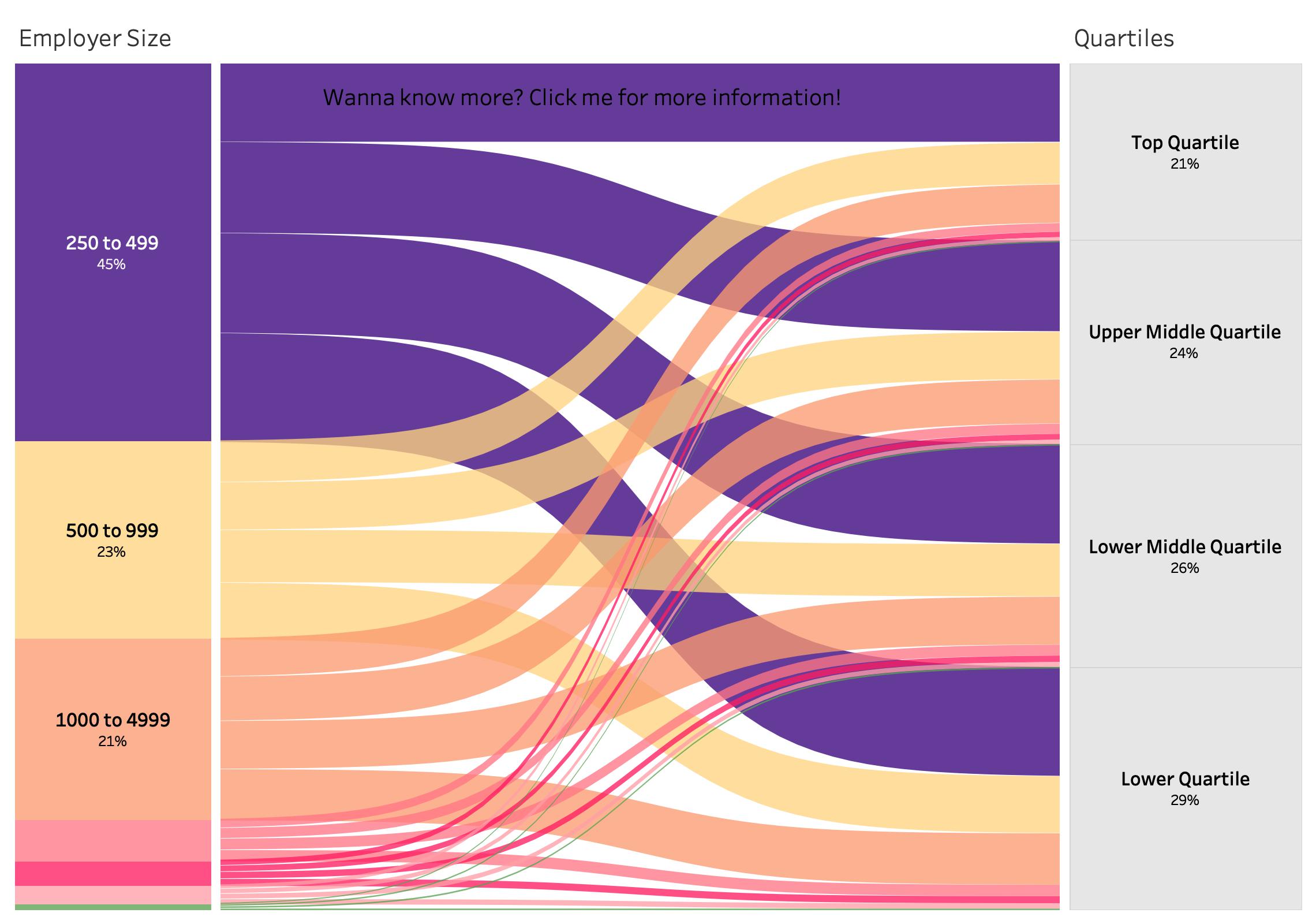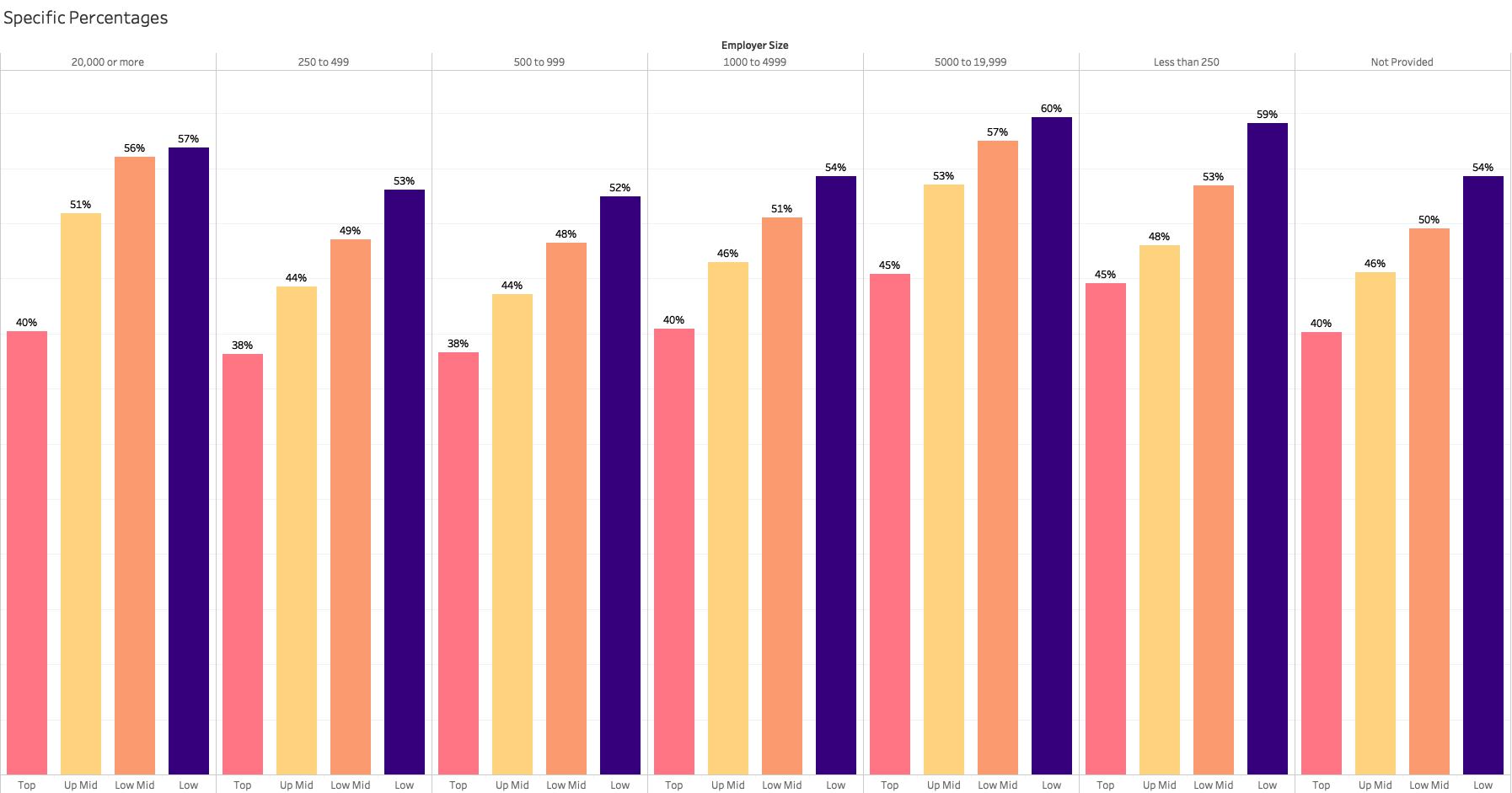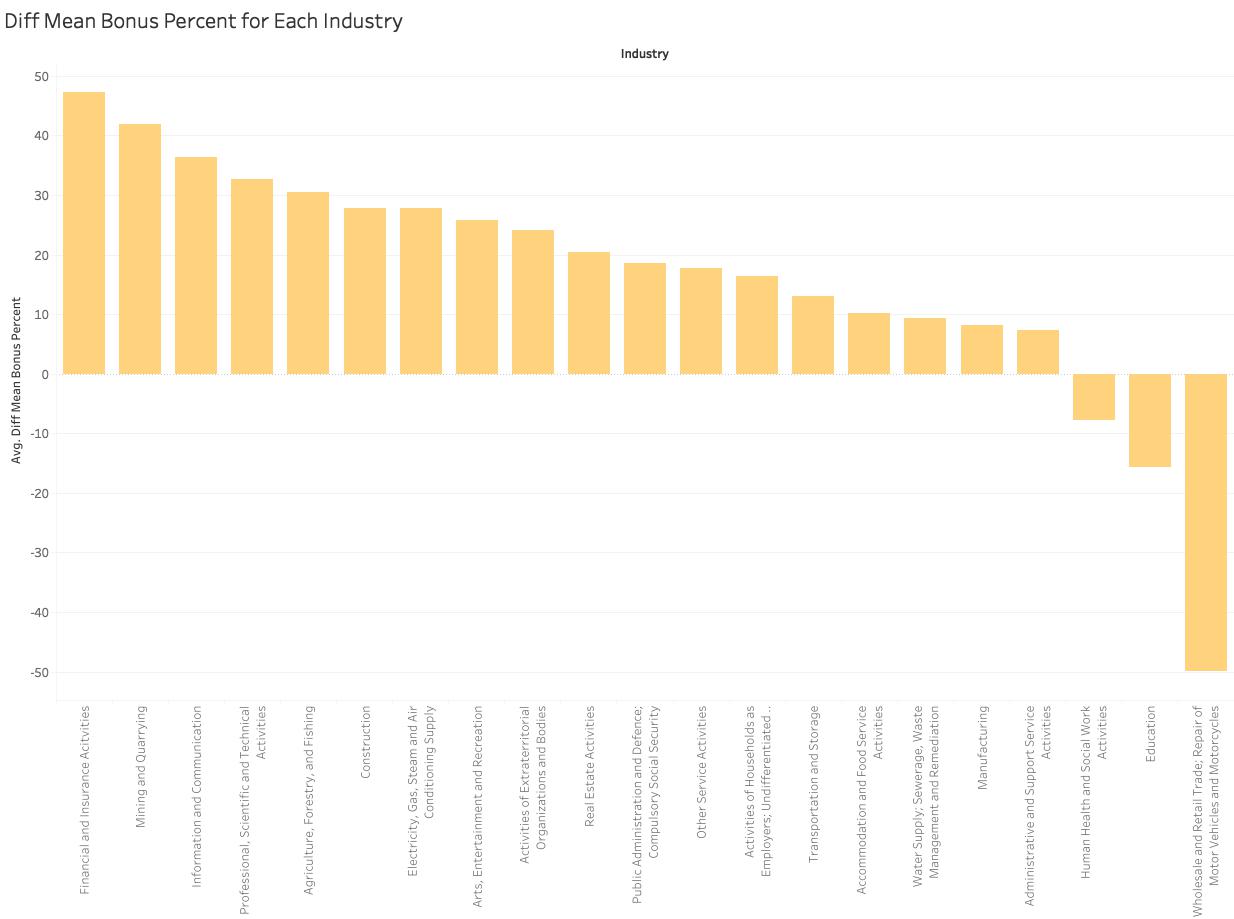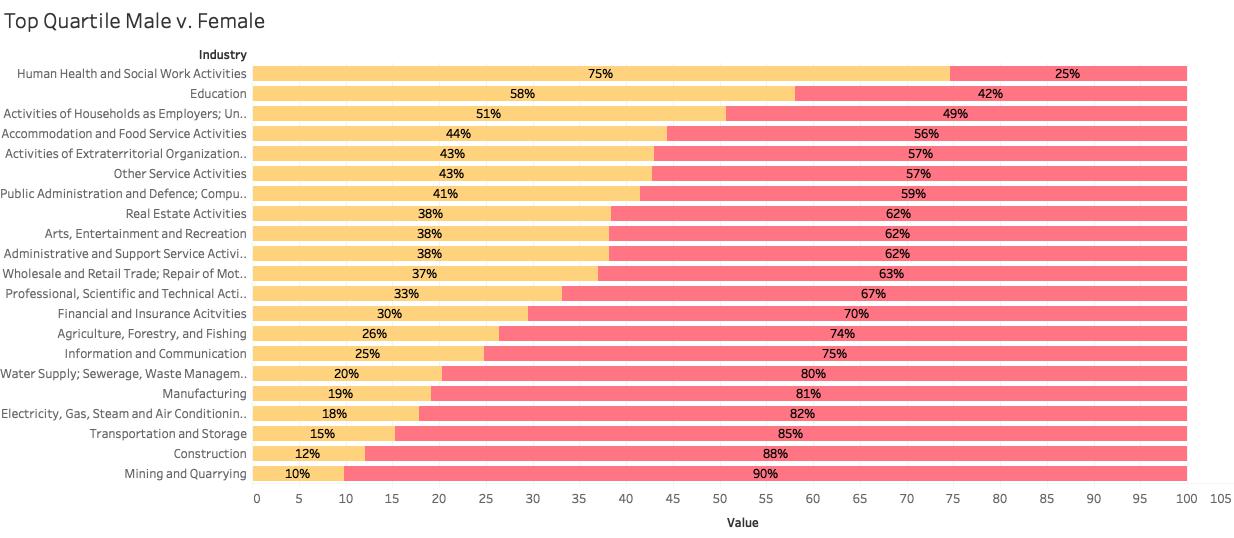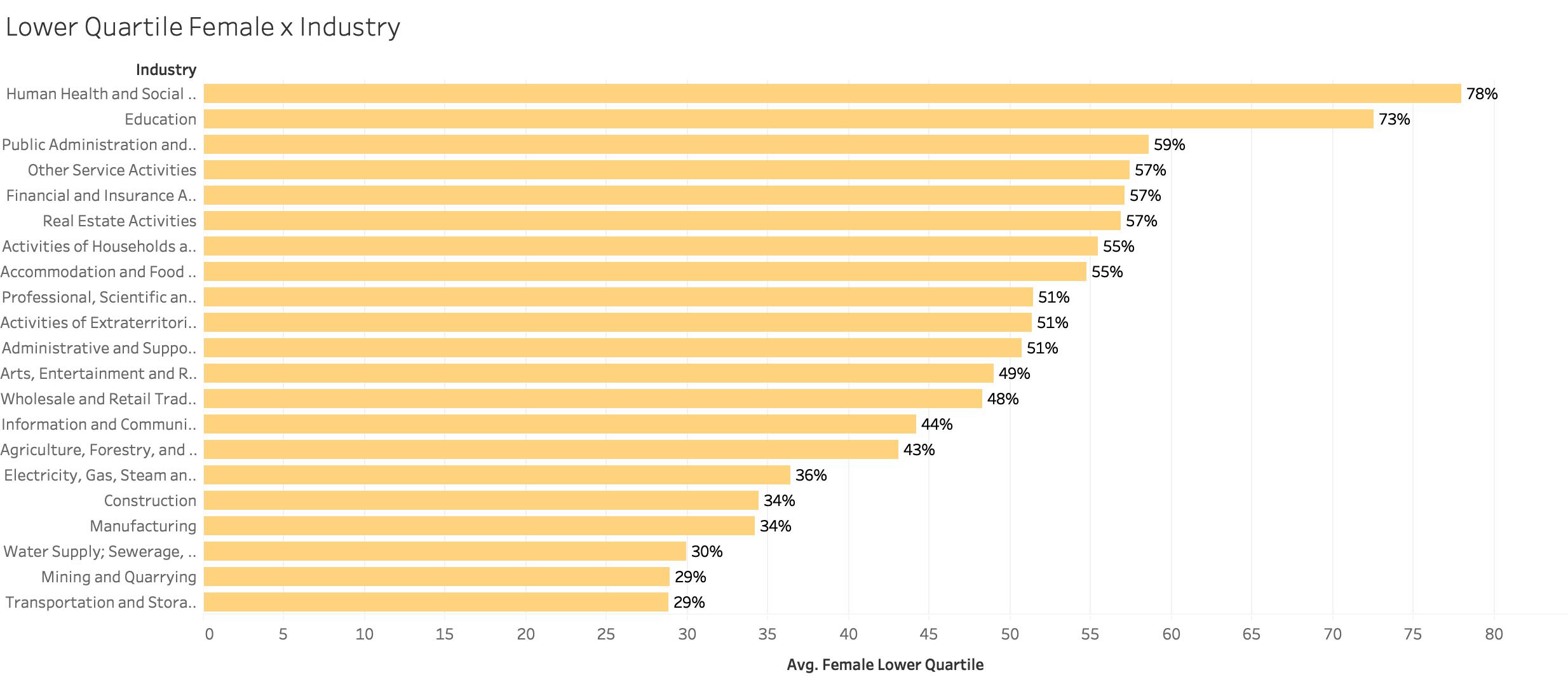Next Step!
United Kingdom and United States have very similar economies and state of living. By analyzing our neighbor we can gain a lot of insight for ourselves. Therefore, implement transparent analysis of the wage gap for the United States, given data.

